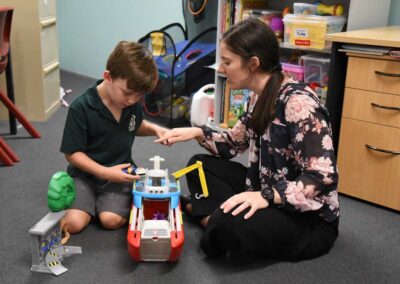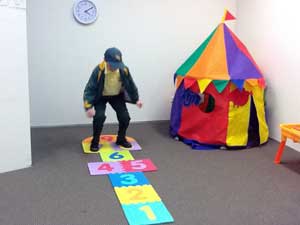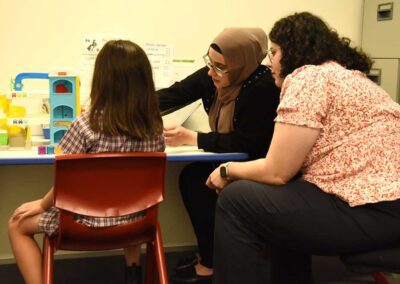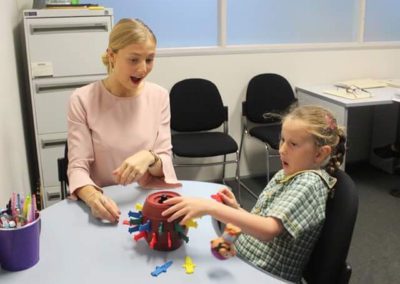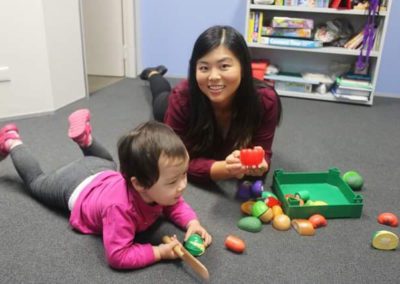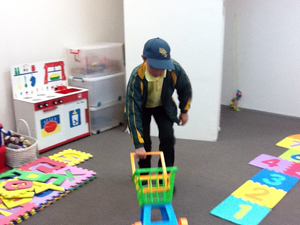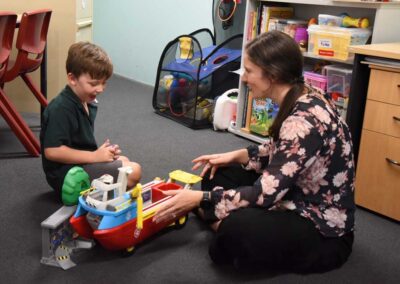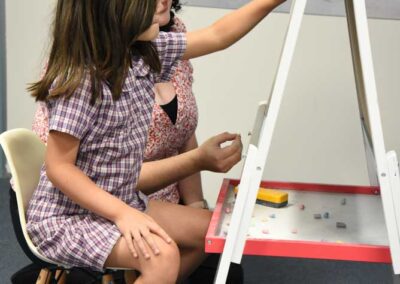Screens are part of daily life, and most families use them. But many parents worry: Is screen time stopping my child from learning to talk? The answer is not black and white. Here’s what the research shows, plus some practical tips.
What We Know
 More screen time = fewer opportunities for talking. Children who spend long periods on screens often hear fewer words, speak less, and have fewer back-and-forth conversations with adults. These conversations are the number one driver of language growth.
More screen time = fewer opportunities for talking. Children who spend long periods on screens often hear fewer words, speak less, and have fewer back-and-forth conversations with adults. These conversations are the number one driver of language growth.- Quality over quantity. Watching age-appropriate, educational content with your child (and talking about it) can support language, while fast-paced cartoons or background TV are less helpful.
- Age matters. Young children (under 2) learn best from real-life play and interaction. As children get older, they can learn from screens – but only when use is intentional and balanced.
- It’s not all or nothing. Occasional screen time (like a family movie night or long car trip) is fine. What matters is that it doesn’t replace regular talking, playing, and reading together.
Practical Tips for Parents
- Co-view when you can. Sit with your child and talk about what you’re seeing: “What’s happening? Why did he do that?”
- Press pause. Stop a show or app and ask your child questions to spark conversation.
- Set routines. Decide when screens are allowed and when they’re off, such as “no TV at dinner” or “20 minutes after lunch.”
- Swap in conversation. Use everyday activities as talking time – e.g. cooking (“Can you stir the pot?”), driving (“What do you see outside?”), or bath time (“Let’s wash your toes!”).
- Be mindful yourself. Children notice when phones take attention away from conversations. Putting your device down makes it easier to connect.

When to Seek Support
Check in with a speech pathologist if your child:
- has very few or no words by the expected age,
- isn’t combining words into little sentences,
- loses words they once used, or
- often gets frustrated when trying to communicate.
Early support can make a big difference.
The Take-Home Message
Screens are not the enemy – but balance is key. Limit passive screen time, choose quality content, and focus on real-life conversation and play. These everyday interactions are the building blocks for strong speech and language.
👉 To learn more, visit: The Kids Research Institute – Screen Time Study

